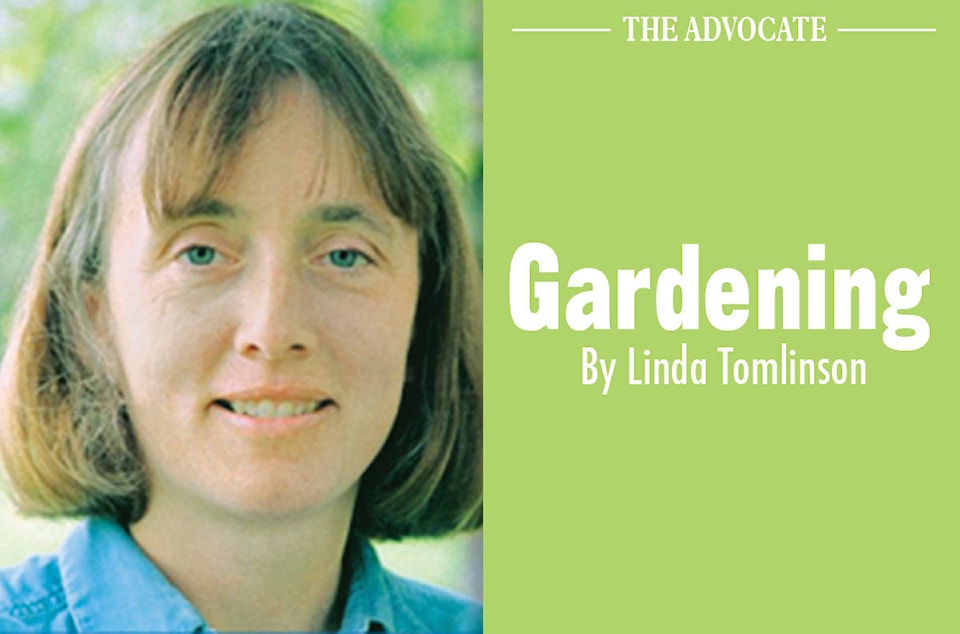The Perennial Plant Association is a North American entity with representatives in Canada as well as the United States. They get together for a two day symposium on perennials once a year providing information and education to people in the perennial industry.
Each summer members of the association can put forth names of two perennial plants for consideration. A committee reads through the suggestions choosing the top three or four. The Perennial Plant Association members to cast the final vote choosing the best perennial the next symposium.
For plants to reach the voting stage the plants must perform well in a variety of climates, be low maintenance, have few pests and look good in multiple seasons. Due to the cold winter on the Prairies, not all plants selected are zoned for this area. Likewise, some years the perennial chosen will not thrive in hot climates.
Plants do not have to be a new variety to be considered. This year’s Perennial of the Year is Allium ‘Millennium’ a plant that was introduced in 2000.
Allium plants are often considered hardy to zone 3 or 5 but many varieties still thrive in zone 2 as long as the bulb has winter protection. A thick layer of snow or mulch, is enough to keep the plant through the winter.
Allium ‘Millennium’ grows best in in full sun. As with all bulbs, plant in drier soil. Wet soil and mulches cause the roots to rot.
Expect the bulb to grow to approximately 12 inches (30 cm). The flowers are round balls and will add extra height. At maturity the plant will reach 15 inches (38 cm) across. The bulbs last approximately five years before they need to be replaced. Small bulb will develop beside the original bulb. These can be dug, removed and planted elsewhere to produce new plants.
Millennium produces purple flowers in late summer. Plant in swaths or large patches to attract butterflies and bees.
Allium are rarely bothered by insects and diseases. The smell makes it unappealing except to the hungriest deer, rabbits or moose.
What makes it better than the other Allium plants on the market? Either the “Millennium” allium produces less seeds or its seeds are less viable making it a less weedy plant.
Variegated Solomons Seal, Polygonatum odoratum var. pluriflorum ‘Variegatum’ was plant of the year in 2014.
This variety of Solomons Seal has many of the same characteristics as the native parent. It thrives in a shady or semi shady area. The upright stems produce tiny hanging bells that are very fragrant. Solomons Seal does best in moist soil.
The roots consist of many rhizomes that quickly spread through the soil. Solomons Seal is best planted in areas that are naturalized or for use in Rain Gardens. While attractive, the plant would quickly invade other plants spaces in a traditional flower garden.
Varigatium is different from native varieties as it is much larger. Stems will reach the height of 24-36 inches (.3- 1 m) with a spread of 8 to 12 inches (20-30 cm)
The leaves unfurl early in the spring with the flowers following quickly behind. The attractive green leaves with a white edge remain attractive until fall.
Very few pests attack this plant. If eaten, it quickly grows back.
For more information on the Perennial Plant Association browse their web site at: http://www.perennialplant.org/index.php/component/plantdb/?view=plantdb&Itemid=127&AlphaKey=ALL contains a data base of all the perennials that they have deemed worthy of the title Perennial of the year since its inception in 1990.
Linda Tomlinson is a horticulturalist that lives near Rocky Mountain House. She can be reached at your_garden@hotmail.com
